
manual high school active shooter
Understanding the Threat: Active Shooter in a High School Setting
An active shooter incident in a high school involves an individual actively killing others‚ often targeting specific victims due to personal grievances or seeking notoriety;
Defining an Active Shooter Incident
An active shooter incident involves an individual actively killing or attempting to kill people in a populated area‚ such as a high school. These situations are typically sudden‚ unpredictable‚ and involve the use of firearms to cause mass casualties. Unlike other violent acts‚ active shooter incidents are characterized by an ongoing threat‚ requiring immediate response. The shooter’s motivations may include personal grievances‚ mental health issues‚ or a desire for notoriety. High school settings are particularly vulnerable due to their populated nature and the potential for emotional or psychological triggers among students. Understanding this definition is crucial for developing effective prevention and response strategies tailored to educational environments.
Behavioral Indicators of Potential Threats
Identifying behavioral indicators is crucial for preventing active shooter incidents in high schools. These signs may include sudden behavioral changes‚ social withdrawal‚ or increased fascination with violence. Students or individuals may exhibit erratic behavior‚ such as talking about harming others or expressing grievances. They might also display an unusual interest in firearms or violent events. Other indicators include unexplained absences‚ decreased academic performance‚ or fixation on conspiracy theories. It is essential for educators and peers to recognize these red flags and report them to authorities. Early intervention can prevent escalation‚ ensuring safety and addressing underlying issues before they lead to violence. Awareness and communication are key to mitigating potential threats and creating a secure learning environment.
Types of Attackers and Their Motivations
Active shooters in high school settings often fall into distinct categories‚ each driven by specific motivations. Current or former students may act out of personal grievances‚ such as bullying‚ academic struggles‚ or social isolation. They often target peers or staff they perceive as responsible for their suffering. Outsiders may attack the school for its symbolic value‚ seeking notoriety or revenge against an institution they blame for past injustices. Disgruntled individuals‚ such as former employees or parents‚ may target specific persons or groups due to perceived wrongs. Understanding these attacker profiles and their motivations is crucial for developing targeted prevention strategies and mitigating potential threats.

Preparation and Prevention Strategies
Securing the school environment through controlled access‚ surveillance‚ and staff training is crucial. Recognizing behavioral threats and implementing prevention strategies can help mitigate risks effectively.
Developing a Comprehensive Emergency Action Plan
A comprehensive emergency action plan is critical for addressing active shooter incidents in high schools. It should outline clear protocols for lockdown procedures‚ evacuation routes‚ and communication systems. The plan must be tailored to the school’s layout and adapted to various scenarios. Key components include roles and responsibilities for staff‚ emergency contact lists‚ and coordination with law enforcement. Regular updates and reviews ensure the plan remains effective. Training exercises and simulations help familiarize students and staff with the procedures. Collaboration with local authorities and emergency management experts is essential to create a robust and adaptable strategy. A well-prepared plan can significantly reduce risks and save lives during an active shooter event.
Conducting Regular Drills and Training Exercises
Regular drills and training exercises are critical for preparing students and staff to respond effectively during an active shooter incident. These exercises should be conducted quarterly and involve simulations of various scenarios‚ ensuring participants understand evacuation routes‚ hiding strategies‚ and communication protocols. Training should include active shooter response techniques‚ such as “Run‚ Hide‚ Fight‚” and be tailored to the school’s specific layout and resources. Law enforcement and emergency services should participate to add realism and provide feedback. Customized drills for different classrooms and situations can enhance preparedness. Debriefing sessions after exercises allow for improvements and reinforce the importance of quick decision-making. The goal is to create a culture of readiness‚ ensuring everyone knows their role in saving lives during an attack.
Implementing Access Control and Surveillance Measures
Securing entry points with metal detectors‚ ID scanners‚ and controlled access systems can prevent unauthorized individuals from entering the school. Strategic placement of surveillance cameras ensures real-time monitoring of high-risk areas.
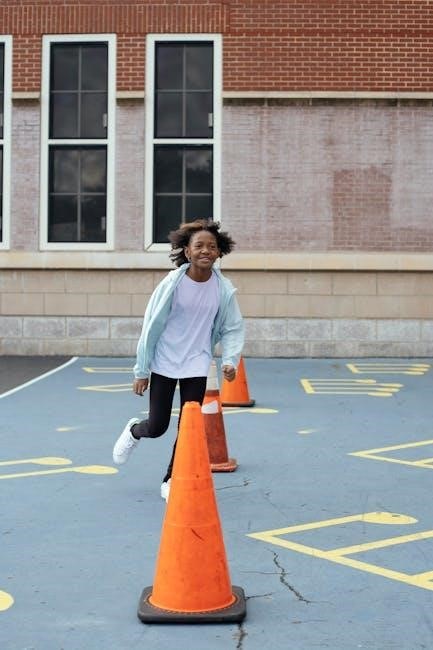
Response During an Active Shooter Incident
Immediate action is crucial; students and staff should evacuate‚ secure areas‚ or hide silently. Follow established protocols‚ use communication systems like alarms‚ and await law enforcement assistance.
Protocols for Students and Staff During an Attack
During an active shooter incident‚ students and staff should prioritize survival by following established protocols. If possible‚ evacuate the area quietly and quickly‚ avoiding drawing attention. If evacuation is not feasible‚ secure the classroom by locking doors‚ barricading entrances‚ and turning off lights. Stay low and out of sight‚ avoiding windows. Communication is critical; use designated systems to alert authorities and provide updates. Do not confront the shooter unless absolutely necessary. Staff should guide students in safety measures while ensuring their own safety. After the incident is controlled‚ reunite at a designated assembly point for accountability. These protocols aim to minimize harm and ensure a coordinated response.
Communication Systems and Alerts
Effective communication is critical during an active shooter incident. Schools should implement a reliable alert system‚ such as PA systems or mobile alerts‚ to quickly notify students and staff of threats. Clear and concise messaging ensures prompt action‚ minimizing confusion. Additionally‚ designating a spokesperson to provide updates to parents and the public is essential for maintaining transparency. Training staff on communication protocols during emergencies is vital to ensure accurate and timely information dissemination. Coordination with law enforcement and emergency services through established channels further enhances response efficiency. Regular testing of these systems guarantees preparedness and reduces the risk of communication failures during a crisis. Ensuring all stakeholders are informed helps save lives and facilitates a coordinated response.
Law Enforcement and Emergency Services Coordination
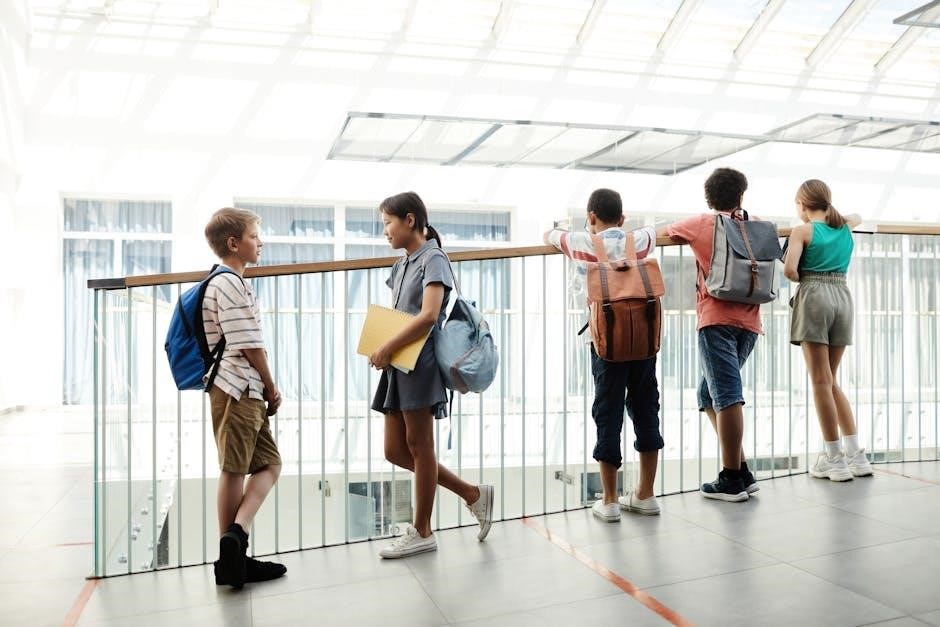
Effective coordination between law enforcement and emergency services is critical during an active shooter incident. Police chiefs and dispatchers play a pivotal role in supervising the use of deadly force and ensuring reliable information flow. Dispatchers handle 911 calls‚ prioritize responses‚ and relay real-time updates to officers. Law enforcement prioritizes neutralizing the threat‚ securing the area‚ and evacuating victims. Emergency medical services (EMS) work closely with police to triage and transport the injured. Clear communication systems and predefined protocols ensure seamless collaboration. Post-incident‚ police conduct thorough investigations‚ while EMS provides mental health support to traumatized individuals. This coordinated effort minimizes casualties and restores order‚ emphasizing the importance of trained personnel and robust communication networks in high-stress situations.
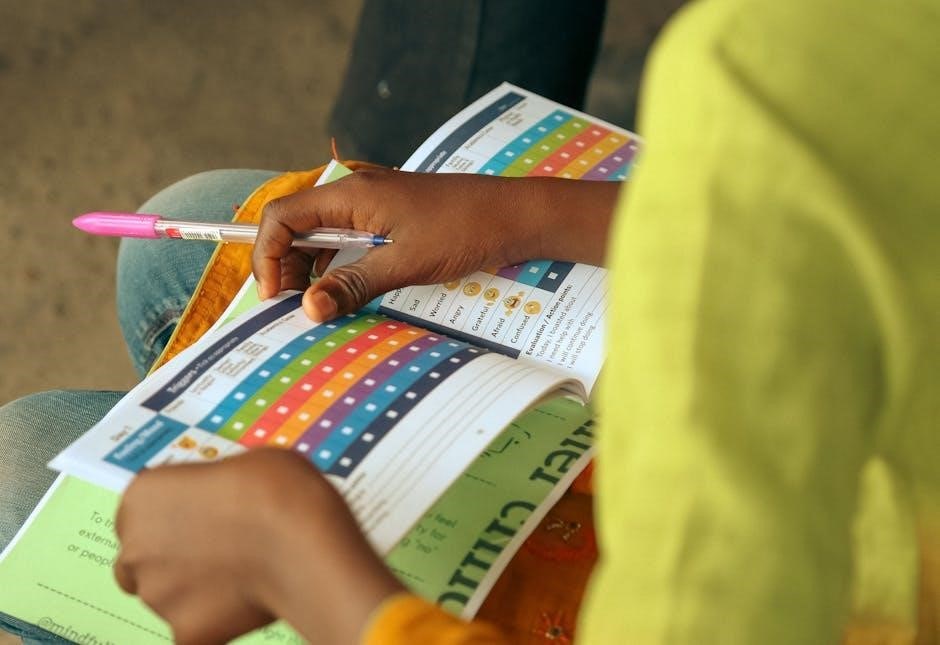
Recovery and Support After the Incident
Post-incident recovery involves providing mental health services to victims‚ reuniting students with families‚ and conducting thorough investigations to prevent future tragedies and ensure accountability.
Providing Mental Health Services to Victims
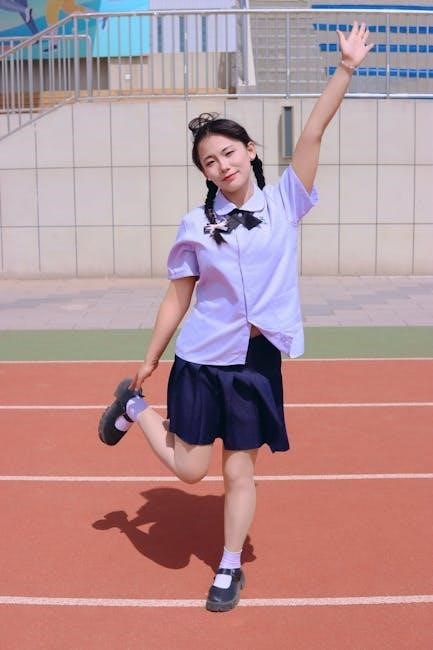
Victims of an active shooter incident‚ including students‚ staff‚ and families‚ require immediate and long-term mental health support. Schools should establish counseling services to address trauma‚ anxiety‚ and grief. Trained mental health professionals can provide individual and group therapy sessions. Peer support groups and hotlines also play a crucial role in helping individuals cope with their experiences. Additionally‚ schools should collaborate with community organizations to ensure access to resources and specialists. Creating a safe and confidential environment for victims to express their emotions is essential for recovery. Long-term mental health services are vital to help individuals rebuild their lives and heal from the psychological impact of such a traumatic event.
Reuniting Students with Their Families
Reuniting students with their families after an active shooter incident is a critical step in the recovery process. Schools must establish a safe reunification zone‚ ensuring all students are accounted for before releasing them to parents. Communication systems‚ such as PA announcements or social media‚ should be used to inform families of the reunification process. Law enforcement and school staff must verify identities to maintain safety. Emotional support services should be available to help students and families cope with the trauma. Clear protocols and practice drills are essential to ensure a smooth and secure reunification process‚ minimizing further distress during an already stressful situation.
Conducting a Thorough Investigation and Review
A thorough investigation and review are critical after an active shooter incident to identify contributing factors and improve future safety measures. Law enforcement and school officials collaborate to analyze the attacker’s motives‚ behavior‚ and access points. Reviewing surveillance footage‚ witness testimonies‚ and emergency response protocols ensures gaps are addressed. Mental health professionals assess the shooter’s background for warning signs missed beforehand. Findings are documented in a comprehensive report‚ shared with stakeholders‚ to inform policy changes and training improvements. This process aims to prevent similar incidents and enhance school safety‚ ensuring transparency and accountability for all parties involved.
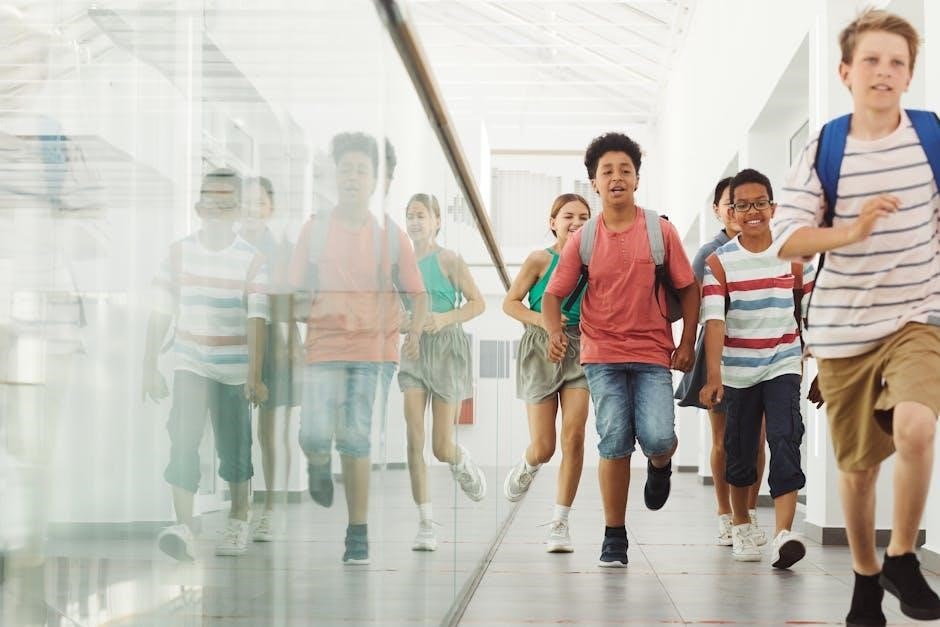
Lessons Learned and Future Prevention
Analyzing past incidents reveals patterns‚ enabling schools to refine safety protocols. Community engagement and open dialogue foster trust‚ while advocating for policy changes strengthens prevention efforts nationwide.
Analyzing Past Incidents for Preventative Measures
Examining past active shooter incidents in high schools‚ such as the Sandy Hook massacre and others‚ reveals critical patterns. Many attackers exhibited behavioral red flags‚ like unresolved grievances or fascination with violence. Law enforcement and experts analyze these cases to identify preventable factors‚ such as unaddressed mental health issues or security lapses. These insights inform strategies to enhance school safety‚ including improved surveillance‚ access control‚ and threat assessment protocols. By studying prior attacks‚ schools can implement targeted measures to mitigate risks and respond effectively. This proactive approach ensures lessons learned from tragedies are used to protect students and staff‚ fostering a safer educational environment.
Engaging the Community in School Safety
Community involvement is crucial in preventing and responding to active shooter incidents. Schools can collaborate with local law enforcement‚ parents‚ and businesses to create a safer environment. Public awareness campaigns and volunteer programs‚ such as neighborhood watch initiatives‚ can help identify potential threats early. Parents and community members can support safety drills and provide feedback on emergency plans. Local organizations can sponsor safety training and mental health resources. By fostering a culture of shared responsibility‚ schools can ensure a collective effort to protect students and staff. This collaboration strengthens the overall safety framework and builds trust between the school and its community‚ ensuring a united response to potential threats.
Advocating for Policy Changes and Resources
Advocating for policy changes and resources is crucial in preventing active shooter incidents. This includes pushing for stricter gun control laws and banning assault weapons‚ which are often used in mass shootings. Schools need increased funding for mental health services to identify and support at-risk students. Strengthening community engagement and collaboration with law enforcement can enhance safety measures. Policymakers must prioritize school safety initiatives‚ ensuring schools have the resources to implement effective security protocols. Public awareness campaigns can also play a role in reducing stigma around seeking help for mental health issues. By addressing these areas‚ communities can create safer learning environments and reduce the risk of future tragedies.